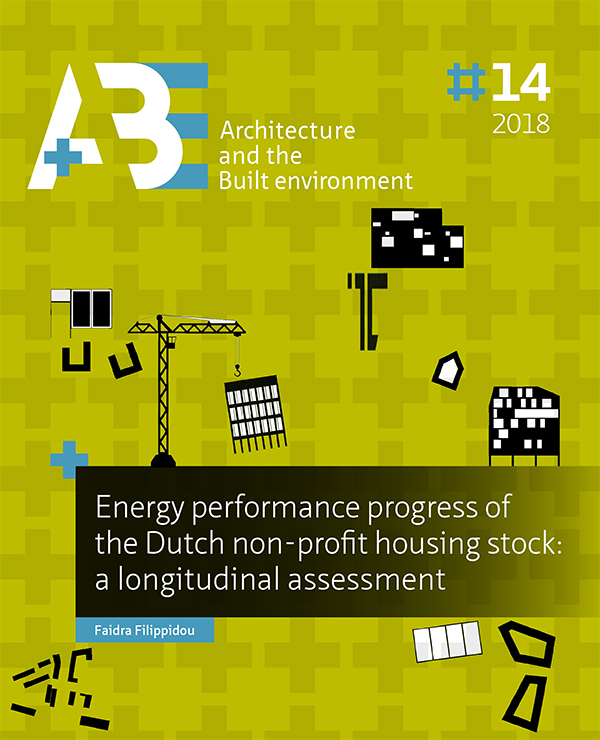Energy efficiency measures implemented in the Dutch non-profit housing sector
DOI:
https://doi.org/10.7480/abe.2018.14.3551Abstract
The existing housing stock plays a major role in meeting the energy efficiency targets set in EU member states such as the Netherlands. The non-profit housing sector in this country dominates the housing market as it represents 31% of the total housing stock. The focus of this paper is to examine the energy efficiency measures that are currently applied in this sector and their effects on the energy performance. The information necessary for the research is drawn from a monitoring system that contains data about the physical state and the energy performance of more than 1.5 million dwellings in the sector. The method followed is based on the statistical modeling and data analysis of physical properties regarding energy efficiency, general dwellings’ characteristics and energy performance of 757,614 households. The outcomes of this research provide insight in the energy efficiency measures applied to the existing residential stock. Most of the changes regard the heating and domestic hot water (DHW) systems, and the glazing. The rest of the building envelope elements are not improved at the same frequency. The results show that the goals for this sector will be hard to achieve if the same strategy for renovation is followed.

